Table of contents
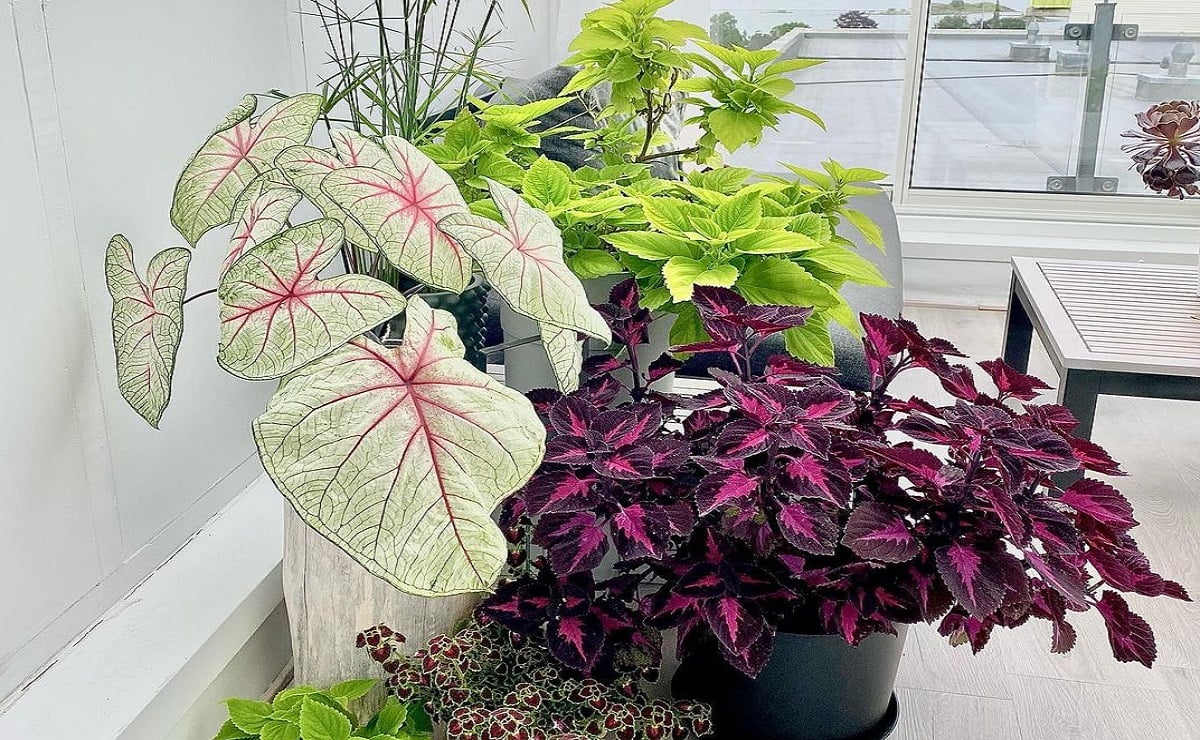
Besides flowers, did you know that the presence of foliage makes your home cozier? With varied sizes, colors, and combinations, these plants are easy to grow.
What are the types of foliage to have at home?
There is a variety of foliage in different shapes, sizes, and colors. These characteristics make each plant special, with a different visual effect to ensure a modern and stylish decoration. Below, check out 15 varieties of foliage that you can grow in your home or garden.
1. fern ( Polypodium persicifolium )
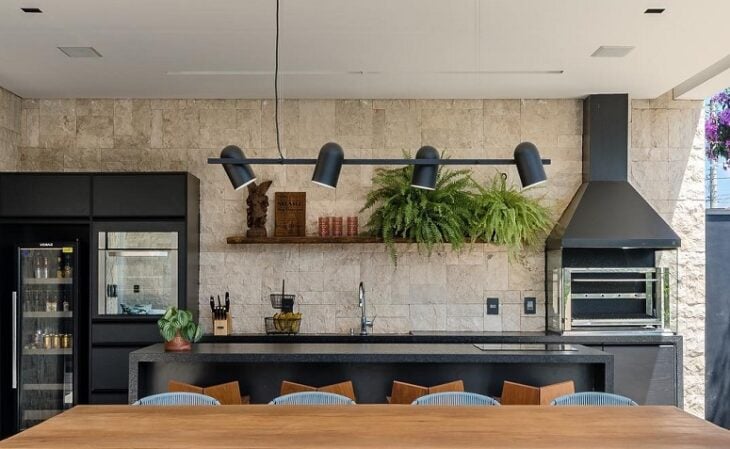
The fern is the favorite foliage in landscaping projects. With delicate leaves and different trims, the plant matches both modern decoration and industrial style. Indoors, it looks beautiful on shelves, in bowls and hanging vases. For cultivation, choose a well-lit, shaded environment and a drainable substrate, because ferns do not tolerate waterlogging.soil.
2. peperomia ( Peperomia scandens )
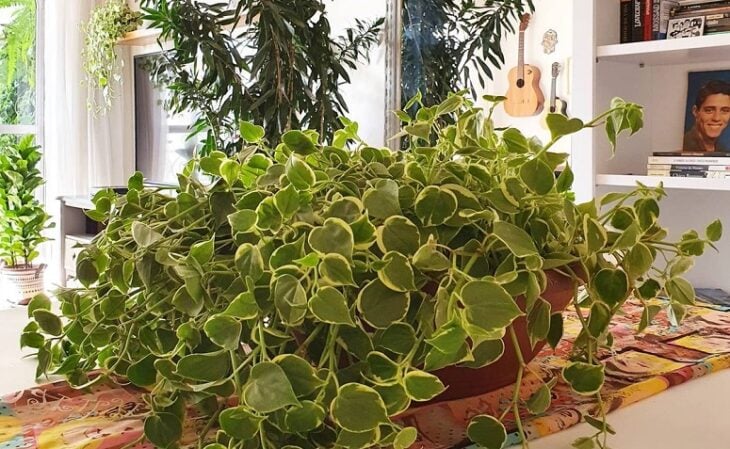
The peperomia is also a great choice for growing indoors. Considered a plant of easy maintenance, it likes hanging pots and looks beautiful in vertical gardens, bringing warmth to the environment. To avoid mistakes in watering, choose a plastic pot, because this material retains moisture. The environment must receive half shade and not have direct contact with the sun.
3. phytonia ( Fittonia albivenis )
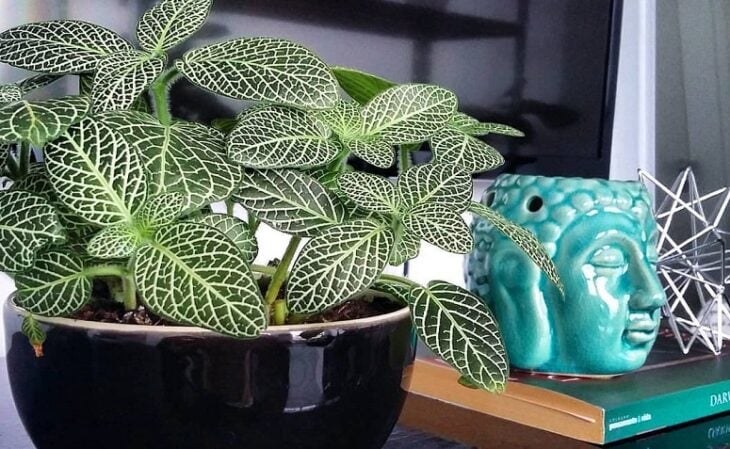
Known as a mosaic plant, the phytonia is a small-sized foliage ideal for indoor environments. Native to Peru, the species has small, colorful leaves that do not go unnoticed. In landscaping, it can be used in clay, ceramic or glass vases. In addition, it looks beautiful in terrariums, ensuring a minimalist and modern decoration.Good luminosity, but without direct sun. Watering can be done every 2 days.
4. portuguese rent ( Davallia fejeensis )
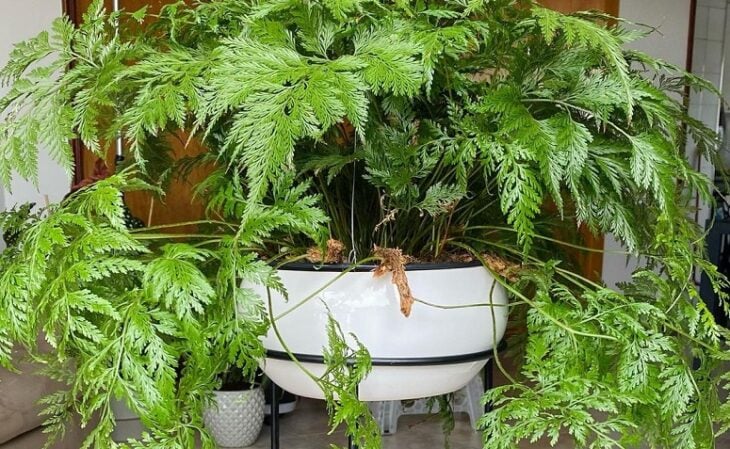
The Portuguese lace is from the fern family. Its delicate leaves stand out, making it an ornamental plant of great value. The species likes indoor environments, so it can be used to compose the decoration of the living room, kitchen and bathroom. However, it is important that the place receives a good amount of natural light. To guarantee showy leaves, the secret is to maintain watering andfrequent fertilization.
5. rib-eye ( Monstera deliciosa )
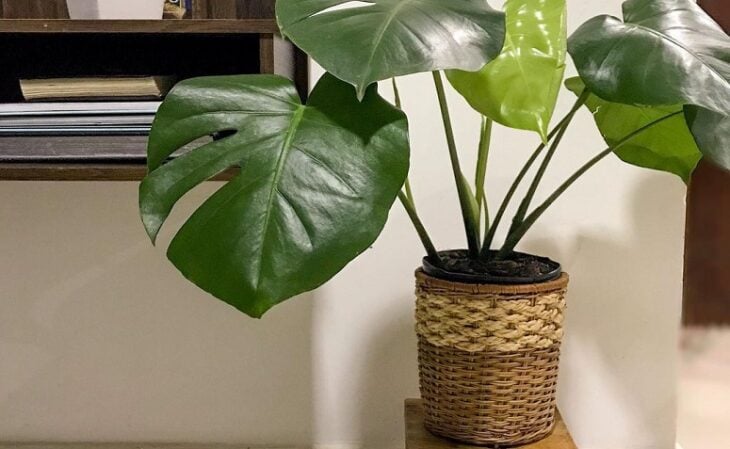
The Adam's rib is perfect for composing various environments. It symbolizes good luck and hope, so it is often grown indoors. In decoration, its torn leaves bring an air of tropicality, which also matches the "urban jungle" style. Finally, the care of the species is simple: it prefers indirect light, moderate watering, and a well-drained substrate.
6. guaimbê ( Philodendron bipinnatifidum )
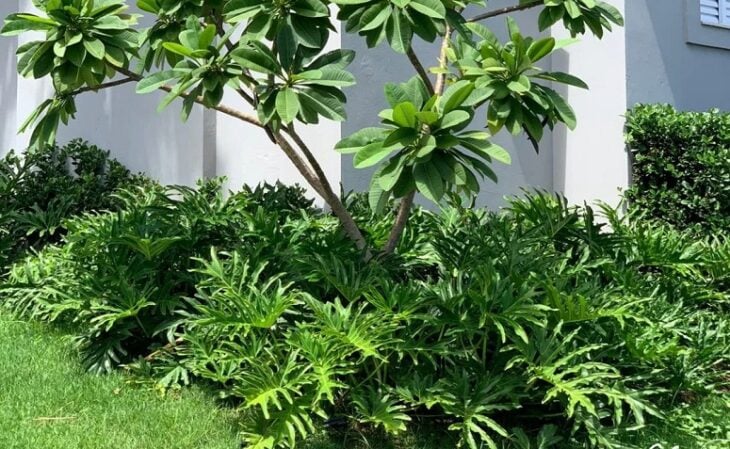
Native to Brazil, the guaimbê is a key foliage for your home. With pointed and shiny leaves that do not go unnoticed, the species is beautiful both in pots and in gardens. For decoration, the secret is to bet on the use of modern and stylish pots to highlight the beauty of the plant. In cultivation, just ensure a moist soil and rich in nutrients, as well as choosing a corner with goodluminosity.
7. bromeliads ( Bromeliaceae )

If you're thinking of decorating your winter garden with exotic and beautiful foliage, you need to consider the ornamental value of bromeliads. Native to South America, the plant symbolizes protection and resistance. In addition, its flowers bring a touch of color amidst the green. To avoid mistakes in the cultivation, opt for planting in ceramic or clay pots, because the plant has heavy leaves that cangrow a lot.
8. moray ( Dietes iridioides )
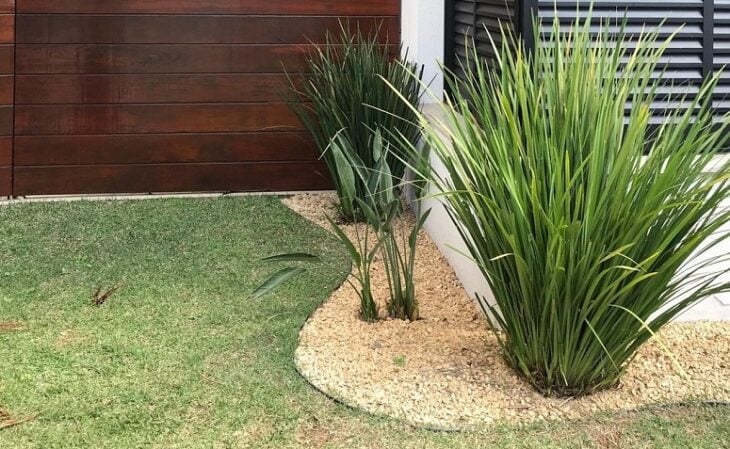
The moray eel is an ideal foliage for outdoors, therefore, a good choice for your garden or gourmet area with pool. It withstands high and low temperatures, bringing a touch of elegance to lining, walls and flowerbeds. The care is also simple: the plant appreciates direct sunlight, drainable soil and good quality substrate. Fertilization can be done every 3 months tostimulate flowering.
9. heliconia ( Heliconia rostrata )

The heliconia is a tropical foliage with colorful and ornamental flowers. Thus, it offers a cheerful and modern result for decoration. Native to South America and with more than 200 species, you can use the plant to compose flowerbeds, gardens, or pots. In cultivation, it is sufficient to maintain good soil humidity.
See_also: Home Gym: 50 Ideas to Set Up Your Own and Get More Exercise10. clusia ( Clusia fluminensis )
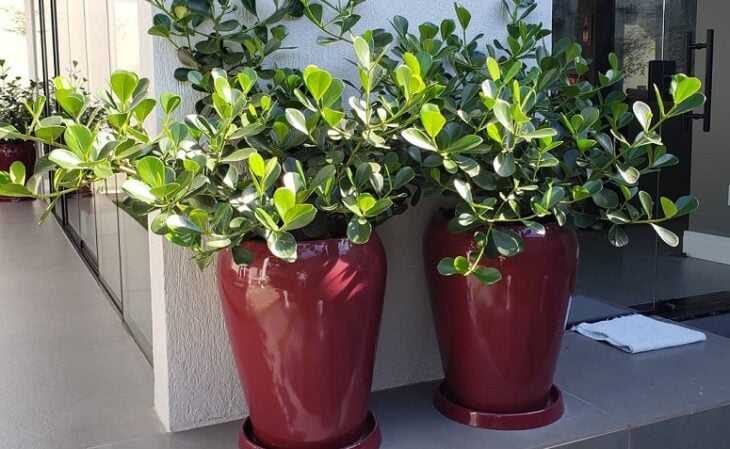
The clusia is another foliage that has conquered landscaping. With oval and tough leaves, this variety is widely used to build hedges and vertical gardens. Moreover, it can be grown in planters and large pots. It is hardy and easy to grow: you only need to consider good lighting and water it when the substrate is dry.
11. croton ( Codiaeum variegatum )
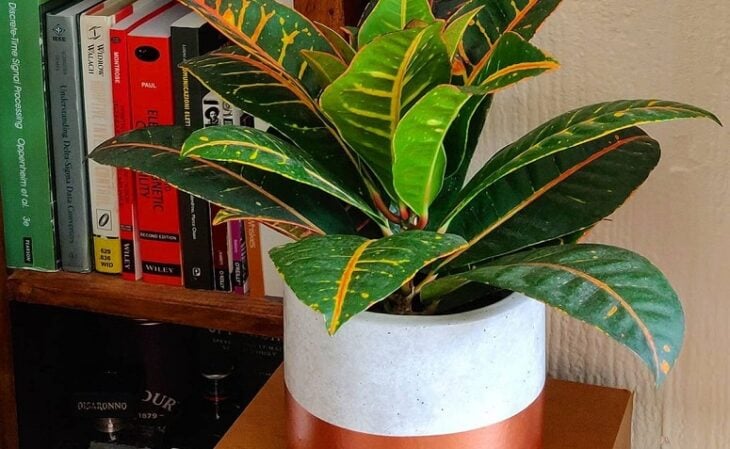
The Crotton has leaves with various colors, shades and shapes, so expect nothing less than a very stylish and bold decoration. Native to Asia, the species is very versatile and can be grown both indoors and outdoors. In gardens, the variety is perfect for lining and harmonizes easily with other plants.receive good natural daylight.
12. coleus ( Solenostemon scutellarioides )

The coleus is also a colorful foliage plant. Known as the wolf-heart, the plant has showy and naturally designed leaves. Among its main species are the coleus kong, inky fingers, and wizard. For cultivation, some factors must be considered: the plant does not tolerate waterlogged soil and needs to receive at least 4 hours of sunlight a day. In addition, its sap is slightly toxic.
13. begonia ( Begonia )
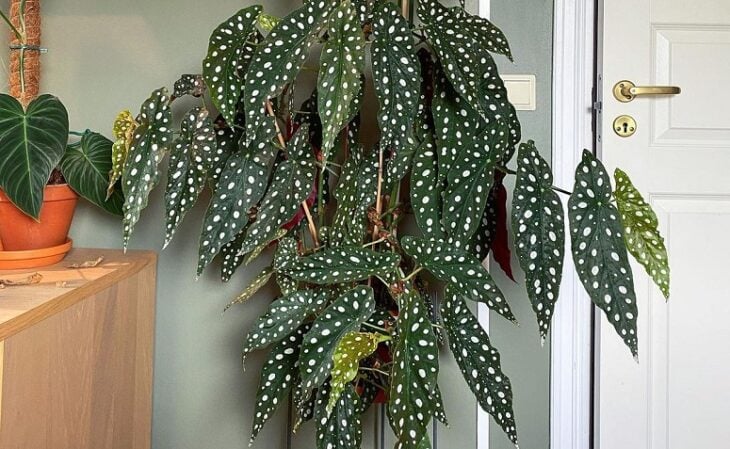
With vibrant leaves and many color combinations, the begonia is a trend in interior decoration. According to the millennial Feng Shui technique, the species symbolizes happiness and delicacy. The care with the variety must include good soil humidity and frequent fertilization, which can be done once a month. To grow it indoors, the tip is to place it near the window.
14. maranta ( Ctenanthe oppenheimiana )
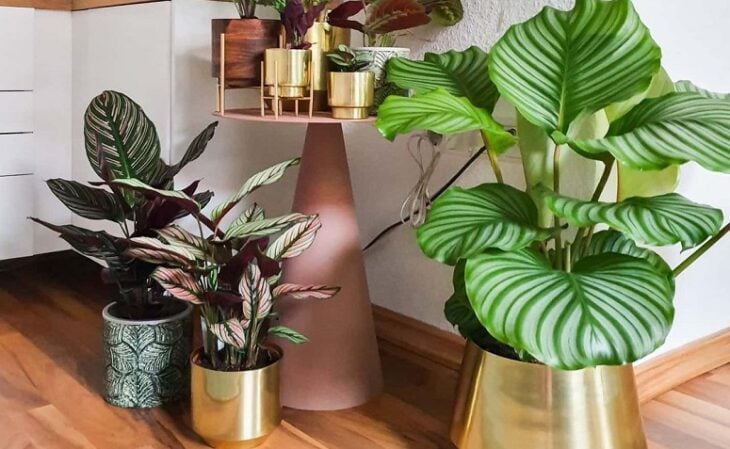
The maranta has several species. With leaves in different shapes and many designs, the plant is a good choice to create a tropical, light and relaxed environment. It is suitable for apartments and does not require much care. A soil rich in organic matter is enough to ensure beautiful leaves. For sure, it is a foliage that you will want to collect.
See_also: Invitations for christening godparents: 55 ideas that will honor the moment15. lily of the peace ( Spathiphyllum wallisii )

The lily of the peace is known to purify the air in a room and symbolizes harmony. To enhance the delicacy of this foliage, choose a long vase with fine, elegant features. The large, shiny leaves stand out in the decoration, however, the white flower also has its charm. This species likes half-shade and nutrient-rich soil. Watering can be done 3 times a week.
Foliage really transforms the environment! You can combine different species to create a cozy green corner. In addition to beautifying spaces, plants improve the quality of life of the residents.
How to care for foliage
Growing a new plant at home requires a lot of dedication, care, and knowledge. In the selection of videos below, you will find precious information about planting foliage, decoration tips, and get to know new species. Follow along:
How to grow colored foliage in a pot
In this video, the landscape designer teaches how to grow colored foliage in pots. She shows the step by step process of planting coleus, which guarantees a beautiful and relaxed decoration. In addition, there are tips on fertilization and ideal substrate for this type of cultivation. Check it out!
7 colorful foliage for sunny environments
If you are thinking of growing foliage in the garden, press play to learn about 7 ideal species, including exotic plants, such as the hypoeste and iresine, and how to use each variety in your decoration.
Foliage species for pots
In this vlog, you will see 13 species to grow indoors. Learn more about some of the plants presented throughout the article, among them the marantas, crotons, and begonias, and get to know other varieties. The Espaço Verde channel's collection is so fabulous that it will make you want to start your own immediately.
The foliage will brighten up your home. Outside, it is worthwhile to complement it with garden trees. They will make the environment cooler and more pleasant, and create great shade for other plants.


